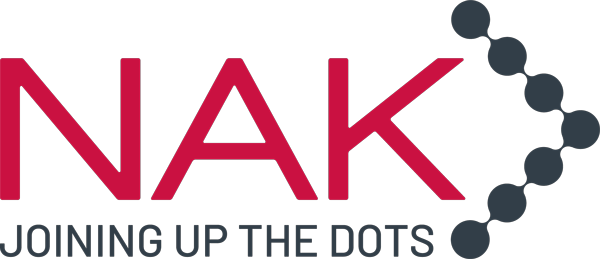Whether you are a retailer, you operate in the hospitality sector, a charity, a facilities management company or simply an enterprise with an extensive branch network, connecting and securing all of these remote locations is complex, expensive and fraught with many challenges.
You are likely to be focused on three main priorities:
Simplification – how do you simplify the myriad of technologies and networking topologies across your branch network? How do you standardise while meeting the various nuances in requirements?
Reduce Cost – it is expensive connecting a branch network with costly circuits and an intense workload for your IT teams. What can be done to reduce both expenditure and overheads?
Secure – you have multiple devices connecting to your network; you are also likely to have a guest network, all of which are connecting to hybrid cloud environments – securing this complex network is a challenge.
It’s time to think differently about your branch network and adopt the connectivity, infrastructure and security that is aligned to these priorities and creates the flexibility and agility you need. At NAK we believe there are four main aspects to aligning a branch network to business priorities and end-user needs.
1: Adoption of SD-WAN
According to the 2021 State of the Cloud research, 92% of organisations have adopted a multi-cloud approach for their IT infrastructure. What this means according to various sources is that between 50-90% of all network traffic is now destined for the cloud as opposed to central on-premise systems.
For most organisations, this is in contrast to their branch network (WAN) topology that is based around a hub and spoke network, connecting everything back to a central location. The need is misaligned to the requirement, and this is creating unnecessary cost, complexity and risk.
More and more organisations are turning to SD-WAN, placing intelligence into the branch and leveraging lower cost direct internet connectivity to streamline access to cloud applications and reduce the inherent costs of traditional point-to-point connectivity.
2: Taking A Zero-Trust Approach To Security
Network security has been built on the premise that if you protect the perimeter once on the network, then everything is secure. The reality is that there is no longer a defined perimeter. Networks extend into hybrid clouds and infrastructure that we don’t own. Connectivity to the network is through a wide variety of different devices and across unsecure networks.
If we cannot fully secure the perimeter, we need to secure our network, and this requires taking a zero-trust approach – an approach that focuses on access management where every request is validated against user, device, location and even time. This enables secure access to your network, but more importantly for your security policy to be propagated and enforced across your entire infrastructure from edge to core.
3: Adopting Standardised & Scalable Branch Infrastructure
Every branch, store, restaurant or outlet is different. You have small ones, large ones and likely every size in between. Different technologies are relevant to different locations, however, if you create a bespoke design for each location, you inherently increase cost, complexity and management overhead.
We find separating out the layers is key. For example, decoupling your connectivity circuits from your SD-WAN solution enables you to standardise on WAN management while leveraging the most appropriate connectivity for each site. We believe in a ‘Lego Block’ approach where you standardise on solution sets that provide scalable components. You then select the appropriate components at each site. This not only reduces overall costs but supports scalability and component reuse.
4: Utilising Centralised Cloud Management
Through standardisation you reduce complexity; by leveraging tools that enable centralised management through cloud portals you will be able to significantly cut infrastructure management costs.
With the ability to remotely monitor branch infrastructure enables you to address issues before they affect users and take preventative action before failure. With the tools to configure and manage distributed infrastructure, you are able to create a highly efficient centralised team that spends less time keeping the lights on and more time taking your IT infrastructure forward.
At NAK, we specialise in secure managed networking and in particular focus on helping organisations to connect and secure their branch network. We are helping our clients to deliver on each of these priorities and would love to discuss our approach with you. If you are interested in finding out more about how we think and what we have done for similar organisations, simply reach out to the team on 0300 456 0471.

